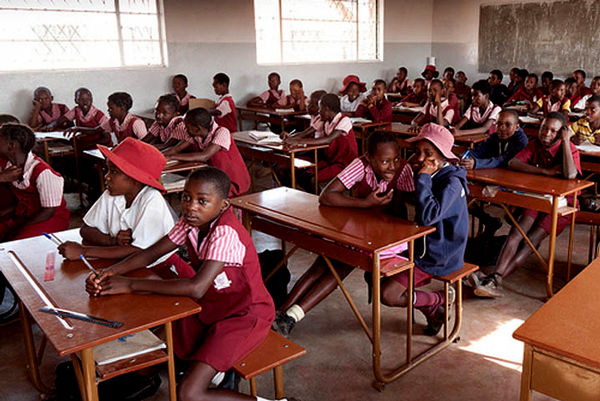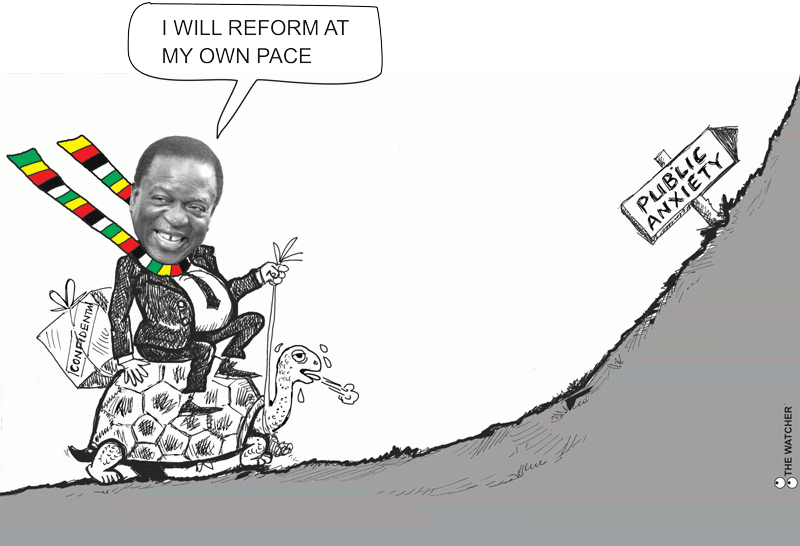
KUDZAI KUWAZA THE number of retrenchments by companies increased substantially in the first half of this year as a result of the deepening economic crisis, which has further reduced the country’s depleted formal sector, trade unions have revealed.
The development comes at a time when the economy is facing a debilitating liquidity crunch, foreign currency shortages, currency volatility and runaway inflation, which has soared to 256,9% in July this year, up from 56,37% during the same period last year. The number of job losses has been worsened by the impact of Covid-19 as some sectors, such as tourism are still trying to recover from the devastating impact of Covid-19-induced lockdowns on its operations.
Zimbabwe Federation of Trade Unions (ZFTU) secretary general Kenias Shamuyarira said it was alarmed by the sharp increase of retrenchments in the first half of the year, which he said has further whittled down the formal sector by more than 50%.
“The retrenchment situation is quite bad. Even parastatals are retrenching which shows that job losses are increasing. We estimate that about 65% of the already depleted formal sector has been affected by retrenchment so far this year. This is because of the current economic difficulties with companies struggling to keep operating,” he told the Independent this week.
Shamuyarira said the job losses were frustrating the country’s efforts to formalise the economy as the informal sector continues to grow as a result of the increase of job losses nationwide.
He pointed out that those who are laid off are being forced to wait for long periods to receive their retrenchment packages.
Because the retrenchment packages are paid out in local currency, he said, it would have been eroded by inflation by the time it is received, leaving workers in penury.
He said the ZFTU this week met with their counterparts from the Zimbabwe Congress of Trade Unions (ZCTU) in Harare to discuss the growing crisis and come up with a national formalisation strategy.
- Chamisa under fire over US$120K donation
- Mavhunga puts DeMbare into Chibuku quarterfinals
- Pension funds bet on Cabora Bassa oilfields
- Councils defy govt fire tender directive
Keep Reading
ZCTU secretary-general Japhet Moyo concurred with Shamuyarira over the surge in the number of job losses as a result of retrenchment.
“The country’s economy has not been performing well. The job losses are continuing. It is a very sad situation,” he said.
Moyo revealed that he had received a letter from government to urgently second labour representatives to sit on the Retrenchment Board whose term has lapsed.
He said the government had told them that there are a number of cases, which were piling up that need to be addressed by the board.
“This is a clear sign that the Retrenchment Board that is appointed will be very busy with retrenchment issues and that retrenchments remain a major problem,” Moyo said.
He said the formalisation strategy they had discussed with the ZFTU when finalised will be used as an advocacy tool to government and other relevant stakeholders.
The Zimbabwe National Statistical Agency (Zimstats) Fourth Quarter Labour Force Survey unveiled earlier this year revealed that a total of 314 304 jobs were lost during the fourth quarter of last year after the country experienced high inflation levels, leaving employers with no choice, but to downsize.
According to the survey, the unemployment rates by provinces, in a third-to-fourth quarter comparison, indicated that Mashonaland West’s unemployment rate increased by 3,6 percentage points to 23%, while Mashonaland East increased by 1,6 percentage points to 15,1%.
Matabeleland North’s unemployment rate increased by 4,9 percentage points to 26,8%, Matabeleland South increased by 1,1 percentage points to 19,13%, Midlands increased by 2,9 percentage points to 24%, and Masvingo increased by 2,7 percentage points to 15,1%.
Harare’s unemployment rate increased by four percentage points to 20,4%, thus making the total unemployment rate using the strict definition in the country 19,9%, an increase of 1,9 percentage points.
Unemployment in Manicaland, Bulawayo and Mashonaland Central decreased in the fourth quarter by 2,6, 3,6 and 0,6 percentage points, respectively.
In March this year, the Zimbabwe Economic Society in conjunction with International Labour Organisation (ILO), United Nations Development Programme (UNDP) and the ministry of Labour and Social Welfare met on the proposed national formalisation strategy.
As a result of continued job losses due to the protracted economic decline, which has persisted for more than two decades, 86% of economic activity in the country is in the informal sector, a situation which is depriving the fiscus of much-needed funding.










